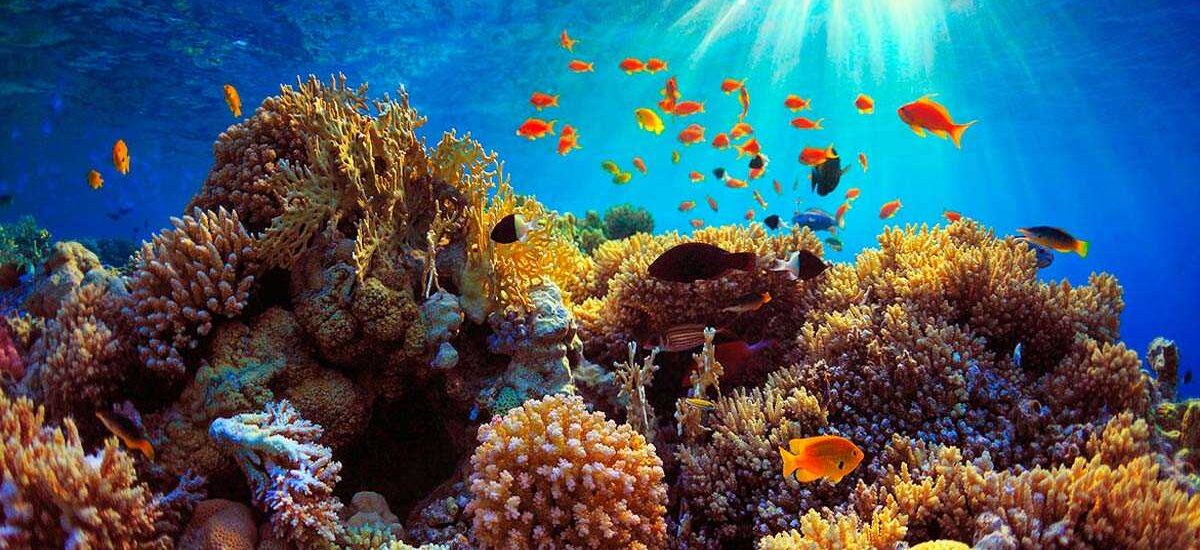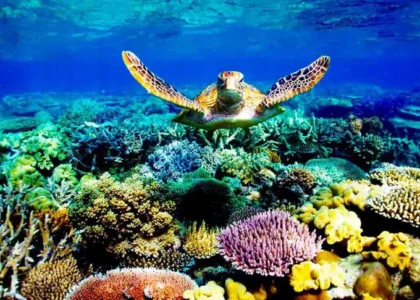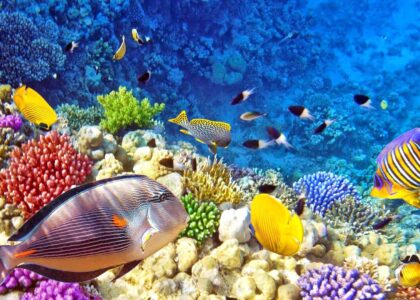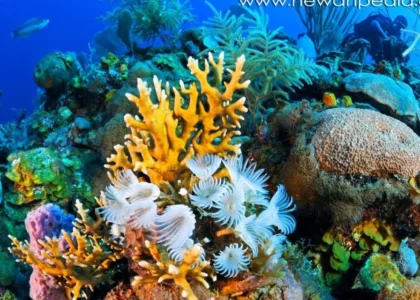
Connect To Sea – Our planet, Earth, consists of smaller land areas than large areas of water.
There are seven ocean that we know, namely Arctic Ocean, North Atlantic, South Atlantic, North Pacific, South Pacific, Indian and South Ocean.
In fact, ocean areas cover 71% of the entire Earth’s area. Meanwhile, around 96.5% of the water area on Earth is ocean.
Well, in this extraordinary vast sea area, there are various secrets that are rarely known.
In this article, Bobo will invite friends to learn about the unique and surprising secrets of the ocean.
Come on, take a look!
1. How Much Water is in the Ocean?
In fact, the volume of water in the ocean reaches 1,335,000,000 cubic kilometers or the equivalent of 352,670,000,000,000,000,000 gallons.
With that much water, it would be impossible for humans to study the entire ocean.
So it is not surprising that as technology advances, we continue to discover amazing facts about the ocean that have never been studied before.
During the era of ocean exploration, humans have attempted to travel from one sea area to another.
However, until now humans have only explored around 5% of the ocean area. Therefore, most of the ocean remains uncharted and unknown.
2. 91% of Marine Organisms Have Not Been Discovered
As we know, if humans have only explored about 5% of the ocean, we don’t yet know about various marine organisms.
Even though humans have discovered many marine animals and plants, scientists estimate that around 91% of living organisms in the sea have not been discovered.
According to the Ocean Census , there may be 2.2 million species in the ocean, but we have only discovered and classified about 240,000 species.
3. Deepest Point of the Ocean
There are many trenches in Earth’s oceans, but the most famous is the Mariana Trench.
Sourced from National Geographic , the Mariana Trench has a depth of 11,034 meters, which exceeds the size of Mount Everest with a height of 8,848 meters.
In fact, the Mariana Trench is also said to be home to some of the oldest seabed, some of which is around 180 million years old.
Apart from that, the pressure in the Mariana Trench reaches 703 kilograms per square meter, friends.
This pressure is 1,000 times heavier than the pressure felt in the ordinary sea. If we compare it, the pressure of the Mariana Trench is equivalent to 50 jumbo jets stacked together.
4. There are Lakes and Rivers in the Ocean
According to his theory, lakes, rivers and seas are different types of water.
Uniquely, in the deep ocean there are also lakes and rivers, which are formed from layers of dissolved salt that form basins.
Undersea rivers, also known as ” submarine rivers ” are a unique phenomenon found in the Atlantic Ocean, Pacific Ocean, and Indian Ocean.
Even though this phenomenon is called an underwater river, it turns out that the river in question is not a freshwater stream that we often find on land.
It is actually a stream of sea water that looks like a river in its shape and flows on the seabed.
5. The Ocean Holds Gold
Uniquely, in the ocean there is a very large amount of gold.
According to the National Oceanic and Atmospheric Administration (NOAA), there is about one gram of gold for every 100 million metric tons of seawater in the Atlantic and North Pacific.
It was undissolved gold, which was found on the seabed at a depth of 1.6 kilometers.
6. The ocean provides 50% of the oxygen for the Earth
Although most of us think that oxygen comes from trees, in fact the sea provides more oxygen for the Earth.
According to scientists, around 50% of the oxygen supply comes from the ocean, namely from algae and bacteria that can photosynthesize or phytoplankton.
National Geographic defines plankton as a collection of small organisms that live on the surface of water, such as lakes, rivers and seas.
There are two types of plankton that are most prominent and known in the ocean, namely zooplankton and phytoplankton. Zooplankton refers to small animal organisms, while phytoplankton are plant-like.
The size of phytoplankton is very small, namely between 0.02 and 2 millimeters, friends.
Although very small, the total amount of phytoplankton worldwide produces around 50% to 85% of the oxygen produced by plants on Earth.
7. The color of the sea is determined by sunlight
The color of sea water looks varied in various areas, ranging from green, blue, or gray.
Uniquely, the difference in sea water color occurs because the sea absorbs sunlight and filters the blue color.
For example, off the coast of Novaya Zemlya, Russia, the color of the sea appears brighter. This phenomenon was captured by NASA’s Aqua Satellite in 2012.
Sourced from Livescience , the phenomenon of changing sea color in Russia is caused by phytoplankton organisms.
Tags :
http://www.laoredcross.org.la/-/slotdana/
https://id.pinterest.com/pin/1049479519412759891
https://millennialgenerationn.blogspot.com/2024/07/millennialgenerationpengalaman-tidak.html
https://id.pinterest.com/pin/1049479519412724761/
https://id.pinterest.com/pin/1049479519412724883
https://www.youtube.com/channel/UCN4o2juuqT6i-oxl6MuAcqg
https://millennialgenerationn.blogspot.com/2024/07/millennialgeneration-hasil-yang-indah.html
https://id.pinterest.com/pin/1049479519412730426/
https://millennialgenerationn.blogspot.com/2024/07/millennialgeneration-lelah-itu-pasti.html





